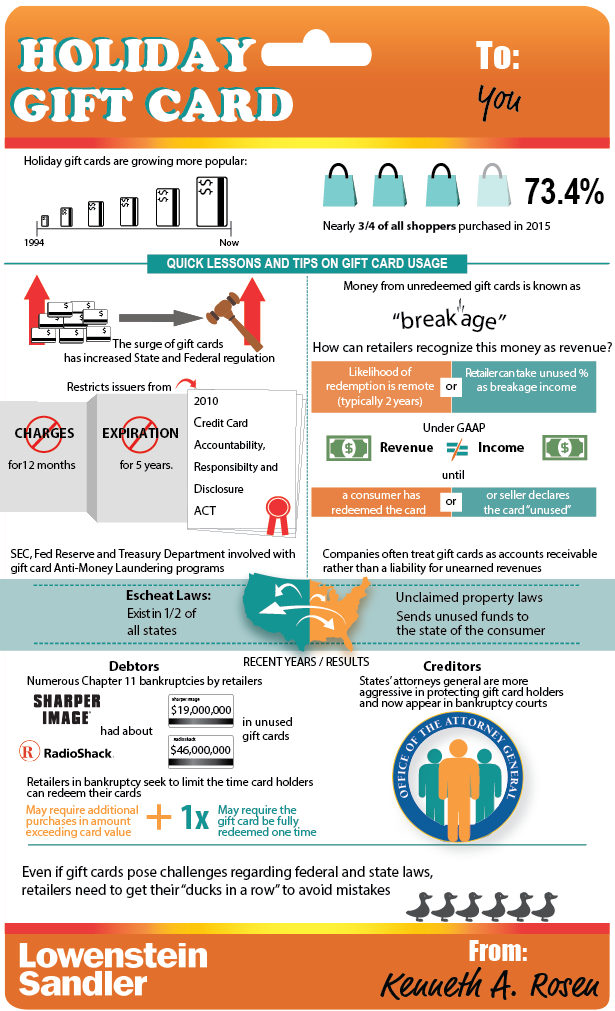Although they may seem similar, engraving and etching vary in their approaches and end results. Comprehending these procedures is very important for any type of business wanting to customize glass products.
Laser etching uses concentrated warmth to thaw the mini surface of your material, creating recessed markings that resist damage and can be checked out under severe problems. It's suitable for points that require to be deducible, like commercial parts.
Visual appeals
Etching and etching both produce long lasting, responsive layouts that attract attention on the glass surface area. They are ideal for projects that require a refined, stylish appearance.
Laser etching can be utilized to etch glass, however it needs a protective finishing or guard to avoid warm damages to the glass. A specialized spray or finish is offered for this function and can be put on slim glass to minimize splitting or damages throughout the etching procedure.
It's likewise feasible to etch glass by hand using a rotary tool. This technique is time-consuming and labor-intensive, but it can produce top quality results when performed correctly. Make certain to put on safety and security equipment like safety glasses and a respirator mask to secure yourself from dust and debris. You can start by attracting your layout on the glass with a pen, after that place the rotary tool and slowly follow your design to etch it into the glass. After the inscription is full, delicately remove any type of staying dust or residue.
Convenience
The inscribing procedure uses a vast array of applications for glass items. It is extremely versatile and can be used on various products and densities of glass. It is likewise very precise and generates in-depth, high-contrast styles on the glass surface. It can be used on both level and bent surfaces.
Glass engraving is a popular selection for glass items like wine bottles, architectural partitions, and spa style. It generates a soft and subtle design that is not as recognizable as etching, making it a superb choice for ambient looks.
To decrease heat stress on slim glass, apply a protective product like concealing tape or a wet paper towel to the surface area prior to laser engraving. This soaks up and spreads laser energy to reduce local heating and prevent fracturing. Conversely, finishing the glass with a mild cleaning agent or dishwashing soap can likewise be an effective pre-coating. Simply keep in mind to cover only the laser-contacting face of the glass with these moisture-absorbing pre-treatments.
Longevity
Laser glass inscription creates deep, irreversible markings that are durable and visually striking. It's ideal for imaginative or light industrial purposes that call for a refined appearance. Inscription requires specific and controlled handling of the glass to prevent warmth damage and fracturing. Thin or delicate glass can be a lot more susceptible to the high-contrast results of laser inscription, making it important to check the process very closely for indications combining engraving and color of overheating and splitting.
Etching makes use of a diamond-tipped tool to cut into the surface area of the glass, producing a distinctive mark that's less aesthetically striking than laser etching. It's a typical choice for applications where a frozen effect is liked, such as decorative glass home windows and customized presents. Like laser engraving, etching is very accurate and excellent for logos and various other in-depth imagery. Evergreen Glass utilizes state-of-the-art laser devices calibrated for ideal performance to accomplish etching and engraving with outstanding precision. For included peace of mind, our makers feature built-in safety and security functions that make certain risk-free procedure.
Cost
Glass etching entails the use of chemical options to create a style. While this strategy is not as accurate and reliable as laser etching, it is still an outstanding selection for artisanal glasswork, which can be a fantastic means to elevate a special celebration gift or celebratory item.
For the best outcomes, it is important to check an example piece of glass prior to using any etching lotions. Various types of glass might respond in a different way to the chemicals. Some will certainly etch extremely swiftly while others might take much longer. In many cases, a piece of glass may also fall short to etch in any way!
Laser inscribing involves using a computer-guided system, generally referred to as a CNC (Computer Numerical Control) equipment, to direct a focused laser light beam at the surface of the glass. This process needs a top-level of technical skill and imagination. It is a reliable way to etch complex patterns on large projects with high degrees of accuracy.
